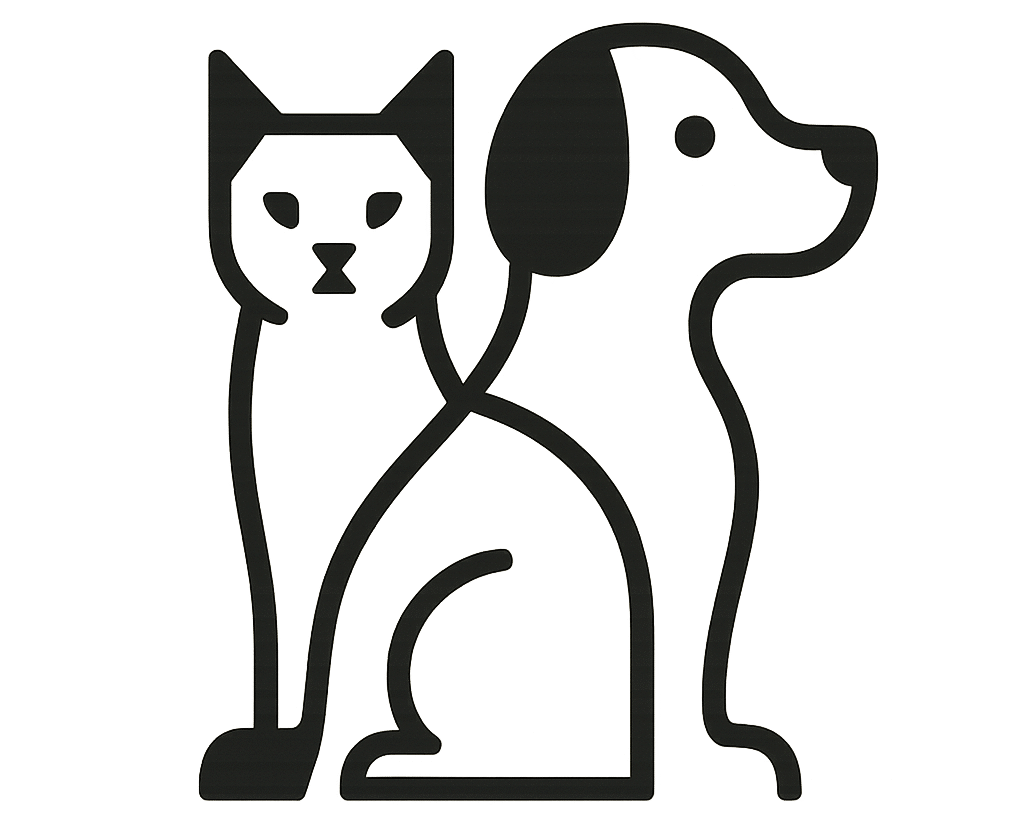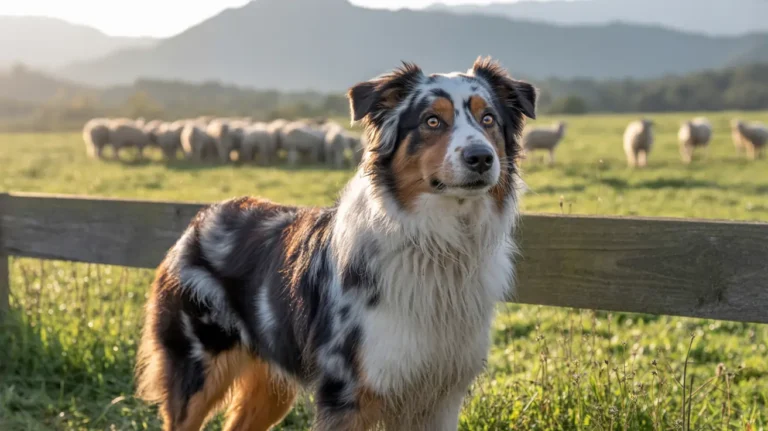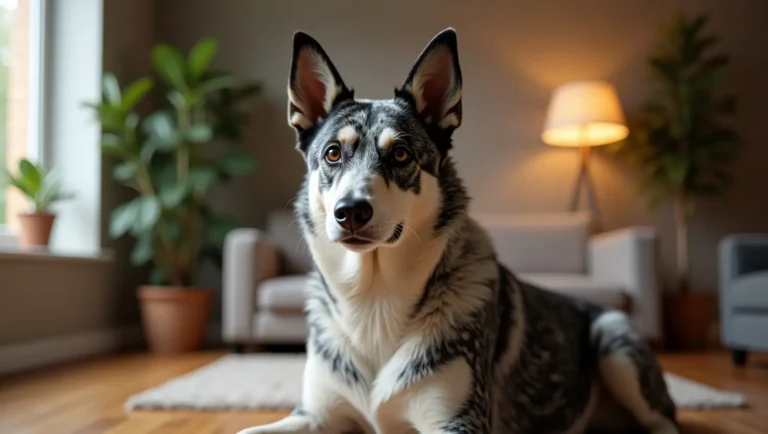Proven Australian Cattle Dog Grooming for a Beautiful Coat
The Australian Cattle Dog, often known for its herding abilities and active nature, is a breed that requires special attention to grooming. Their short double coat may seem low-maintenance, but grooming is essential to keep their skin and coat healthy, reduce shedding, and ensure comfort.
Regular grooming not only improves the dog’s appearance but also strengthens the bond between you and your pet.
This guide covers everything you need to know about Australian Cattle Dog grooming, from understanding their unique coat to nail trimming, eye and ear care, and tips for handling shedding seasons. Whether you’re a first-time owner or a seasoned pro, this article will help you keep your Cattle Dog looking and feeling its best.
Understanding the Coat Type
Australian Cattle Dogs have a double coat, designed to protect them in rugged environments. The outer coat is coarse, providing a weather-resistant barrier, while the inner coat is soft and dense, offering insulation.
This combination helps keep them comfortable in various weather conditions, whether it’s hot or cold. This breed sheds year-round, though shedding intensifies during seasonal coat blowouts.
These two phases usually occur in spring and fall, as the dog sheds the old undercoat to prepare for new growth. While the coat is naturally designed for harsh conditions, it still requires regular care to stay healthy and vibrant.
How Often Should You Groom an Australian Cattle Dog?
Unlike long-haired breeds, Australian Cattle Dogs don’t require daily grooming. However, they still need attention to keep their coat in top condition.
Staying consistent with grooming not only makes it easier for you but also helps prevent mats and tangles from forming in their coat.
Brushing Basics: Tools and Techniques
To properly groom your Cattle Dog, you’ll need the right tools. Not all brushes are created equal, and using the wrong type can cause discomfort or fail to remove the shedding fur effectively.
Brushing technique is also key to success. Always brush in the direction of hair growth, ensuring you reach both layers of the coat. Be gentle to avoid irritating your dog’s skin, particularly in sensitive areas like the belly or behind the legs.
Dealing with Shedding
Shedding is one of the biggest grooming challenges with an Australian Cattle Dog. While their hair isn’t long, they shed moderately all year and heavily in spring and fall.
During shedding seasons, daily brushing is best to manage the loose undercoat. This is an important part of regular Australian Cattle Dog grooming.
To keep your home clean, use a vacuum and lint roller often. Despite what some think, shaving your dog is not a good solution and can harm their skin and coat.
Shaving removes the natural protection their coat provides and can lead to health problems. It’s better to stick with consistent grooming to control shedding.
Bathing Your Cattle Dog: How Often Is Too Often?
Australian Cattle Dogs don’t need frequent baths, but occasional bathing is necessary. Over-bathing can remove natural oils from their coat, causing dry and flaky skin.
Bathing every 2 to 3 months is usually enough, unless your dog rolls in mud or gets very dirty during outdoor adventures.
Always use a mild, dog-specific shampoo when bathing your dog. Avoid using human shampoos, as they can irritate your dog’s sensitive skin.
Bathing Tips
Nail Trimming
Keeping your Australian Cattle Dog’s nails trimmed is important for their comfort and health. Long nails can cause pain, change how they walk, and even lead to injuries.
Trim their nails every 3 to 4 weeks, or more often if you hear clicking sounds when they walk. Use dog nail clippers or a grinder; grinders are often easier for beginners to control.
If you’re unsure about trimming their nails yourself, you can always ask a professional for help with Australian Cattle Dog grooming.
Regular nail care is a key part of keeping your dog healthy and active. Well-trimmed nails help your Australian Cattle Dog move comfortably and prevent long-term joint issues.
Paw Care
Regularly check your dog’s paws for foreign objects like stones, burrs, or debris that might get stuck in their fur. Keeping their paws clean helps prevent infections and injuries.
During winter, wipe their paws after walks to remove salt and ice, which can irritate or dry out their skin.
Ear and Eye Cleaning Tips
Cattle Dogs are active dogs that love to explore, which means they can get dirty, especially in their ears and eyes.
Ear Cleaning
Eye Cleaning
Dental Hygiene Matters Too
Dental health is an essential but often overlooked aspect of australian cattle dog grooming.
How to Care for Your Dog’s Teeth
Maintaining your dog’s dental hygiene is just as important as regular coat grooming, as poor oral health can lead to painful infections or even systemic health problems.
Skin and Coat Health Tips
A healthy coat reflects a healthy dog. To keep your Cattle Dog’s skin and coat in top condition, focus on providing them with the right care and diet.
Grooming During Different Seasons
The changing seasons bring different needs for your Australian Cattle Dog grooming. Keeping their coat and skin in optimal condition requires adjusting your routine according to the weather.
Summer Grooming Tips
In summer, avoid shaving your Australian Cattle Dog, as you should consider the pros and cons of their coat which helps regulate body temperature.
After hikes or walks in wooded areas, always check for ticks and fleas. These pests are more active during the warmer months and can cause health issues.
Make sure your dog has access to fresh water at all times, and avoid walking them on hot pavement to protect their sensitive paws.
Winter Grooming Tips
During winter, allow your dog’s coat to grow naturally for better insulation against the cold. Their thicker coat will help keep them warm.
Regularly check their paws for snow, ice, or salt buildup, and use a paw balm if needed to prevent cracking and irritation.
If your dog spends a lot of time outside, ensure they stay warm and dry to avoid hypothermia or frostbite.
Professional Grooming: Is It Necessary?
While most Australian Cattle Dogs can be groomed at home, professional help can be beneficial in certain situations.
Grooming Table: Quick Summary
| Grooming Task | Frequency | Notes |
| Brushing | 1–2 times/week | More during shedding seasons |
| Bathing | Every 2–3 months | Use mild dog shampoo |
| Nail Trimming | Every 3–4 weeks | Avoid overgrowth or splitting |
| Ear Cleaning | Weekly | Check for smell, redness, or wax |
| Teeth Brushing | 2–3 times/week | Use dog toothpaste only |
Final Thoughts
Your Australian Cattle Dog Grooming doesn’t have to be a chore. By following a consistent routine and adjusting based on the seasons, you can ensure your dog’s coat remains healthy and beautiful year-round. Grooming is not just about looks, it’s about ensuring your dog stays comfortable, healthy, and happy.
Make grooming a positive experience by rewarding your dog with treats and praise. With a little patience and the right tools, both you and your Australian Cattle Dog will enjoy grooming time together.
- If you’re also interested in grooming tips for other breeds, check out our complete guide on Australian Shepherd grooming for expert advice.






